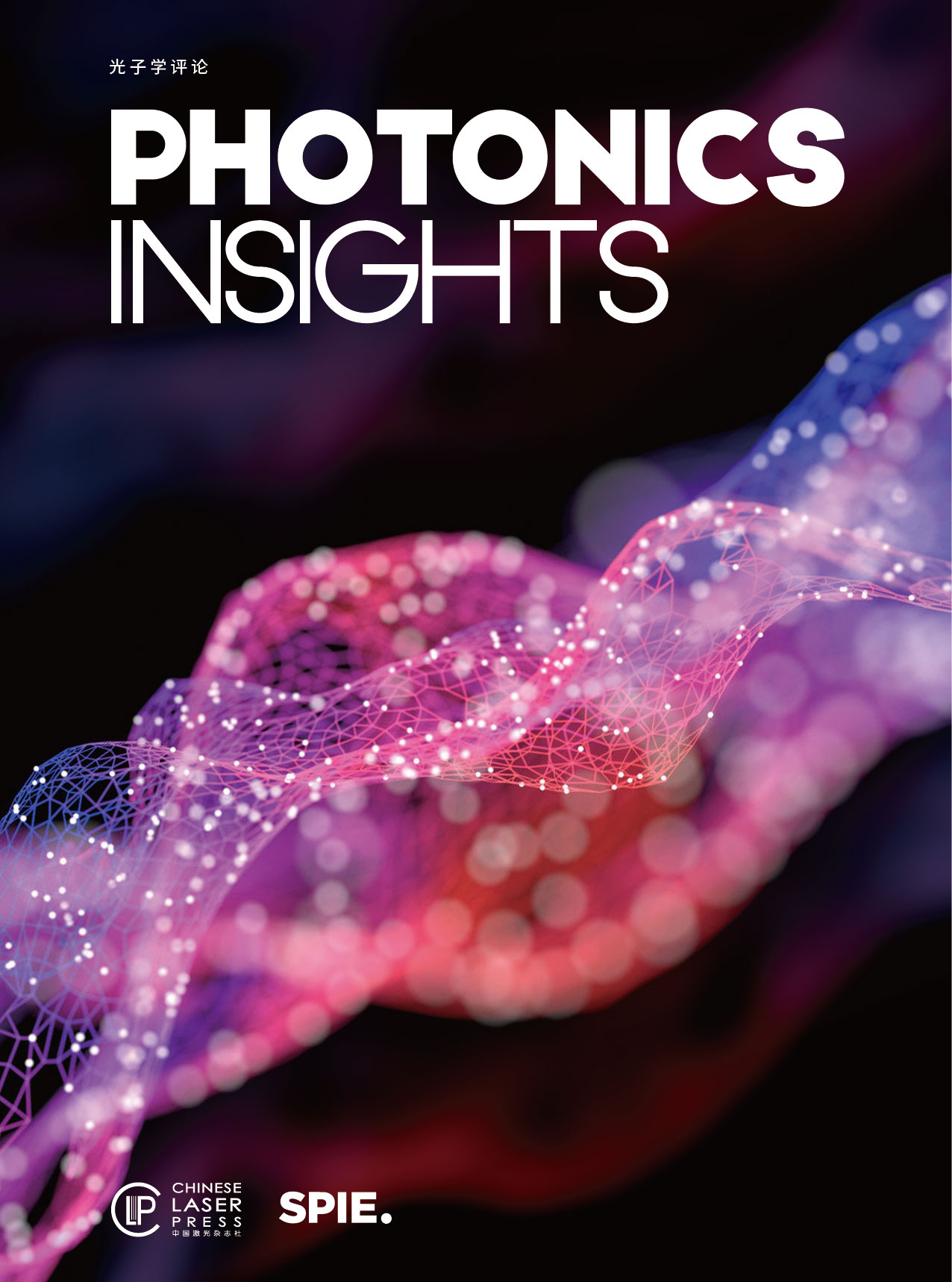Geometric phase, also known as PB phase, has a profound meaning in many branches of physics, such as condensed matter physics and quantum systems, and has been extended to classical optics. Although geometric phase has a long history of research, with the development of optical research towards the sub wavelength scale, this ancient concept has been pregnant with new connotation, which brings new optical theories, micro/nano structure devices and optical applications.
In particular, as one of the main approaches to implement gradient phase modulation along a thin interface, geometric phase metasurfaces composed of spatially rotated subwavelength artificial structures have been utilized to construct various thin and planar meta-devices.
Recently, a team of scientists led by Prof. Xiangang Luo at the Institute of Optics and Electronics, Chinese Academy of Sciences, was invited by Co-Editors-in-Chief to contribute a comprehensive review paper entitled "Classical and generalized geometric phase in electromagnetic metasurfaces", which was published in the first issue of Photonics Insights. (Yinghui Guo, Mingbo Pu, Fei Zhang, Mingfeng Xu, Xiong Li, Xiaoliang Ma, Xiangang Luo. Classical and generalized geometric phase in electromagnetic metasurfaces[J]. Photonics Insights, 2022, 1(1): R03)
In this paper, they first give a simple overview of the development of geometric phase in optics. Then, they focus on recent advances in continuously shaped geometric phase metasurfaces, geometric-dynamic composite phase metasurfaces, and nonlinear and high-order linear Pancharatnam-Berry phase metasurfaces. Finally, conclusions and outlooks for future developments are presented
In classical and quantum mechanics, geometric phase is a phase difference acquired over the course of a cycle, when a system is subjected to cyclic adiabatic processes, which results from the geometrical properties of the parameter space of the Hamiltonian. The phenomenon was independently discovered by S. Pancharatnam (1956), in classical optics and by H. C. Longuet-Higgins (1958) in molecular physics; it was generalized by Sir Michael Berry in (1984).
It was not until 2001 that Hasman et al. considered the PB phase in the space domain by using space-variant (transversely inhomogeneous) metal stripe subwavelength gratings. With the development of advanced fabrication technology, e.g., laser direct writing, electron beam lithography, and focused ion beams, the building blocks of space-variant PB phase optical elements were generally dominated by subwavelength plasmonic or dielectric elements, wherein the corresponding metasurfaces were referred to as geometric phase metasurfaces. A rough roadmap of the development of the geometric phase in optics is presented in Fig. 1.
However, the existing research on geometric phase metasurface still faces some shortcomings, which are mainly reflected in the following three aspects: (1) geometric phase metasurface are mostly constructed by discrete unit structure arrays, resulting in phase noise and affecting device performance (such as OAM mode purity); (2) Limited by the conjugation symmetry of the photon spin orbit interaction, the geometric phase metasurface of different spin states have the same or opposite functions, which makes it difficult to realize arbitrary multi-function reuse; However, the sub aperture multiplexing mode reduces the device energy utilization by half and increases the background noise; (3) The geometric phase and the orientation of the anisotropic subwavelength structure are fixed in a 2-fold linear relationship. The traditional perception is that high-order rotationally symmetric meta-atoms cannot generate linear geometric phase.
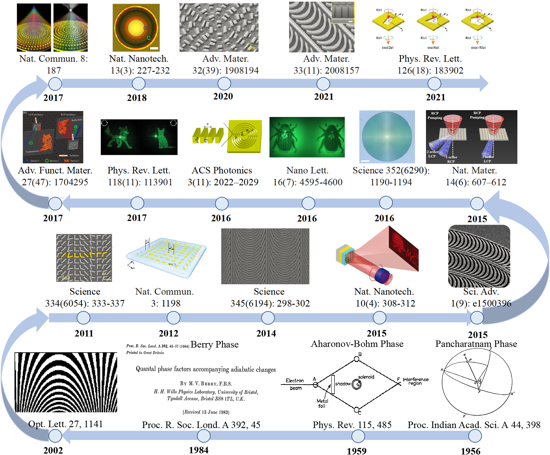
Figure1 Roadmap of the development of the geometric phase in optics.
The concept of catenary optics has been proposed recently to solve the problem of large phase noise of traditional discrete geometric phase metasurface surfaces. One of its connotations is to construct various geometric phase metasurfaces through the spatial arrangement of catenary structures. Through strict theoretical derivation, the catenary structure with continuous linear changes of tangential derivatives of each point of the curve along the coordinate axis can realize continuous geometric phase regulation of broadband. By using a single catenary superstructure unit, the broadband optical spin Hall effect can be realized (Fig.2c).
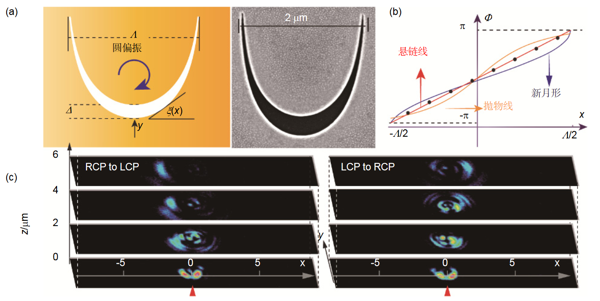
Figure 2 (a) Schematic and the SEM image of the catenary aperture. (b) Phase distributions of the catenary (red), parabola (orange), crescent (blue), and discrete antennas (black dot) for LCP illumination. (c) Angular Spin Hall effect observed in a single catenary aperture.
At present, catenary and its deformed structures have been used in various geometric phase metasurfaced surface devices, including electromagnetic deflector, plane lens, vortex beam and focused vortex beam generator, high-order Bessel beam generator, high order Bessel beam generator, self- accelerating beam generator, planar wide-angle imaging system (Fig. 3), etc. Catenary optical devices are expected to be the core of the next generation integrated photonics.
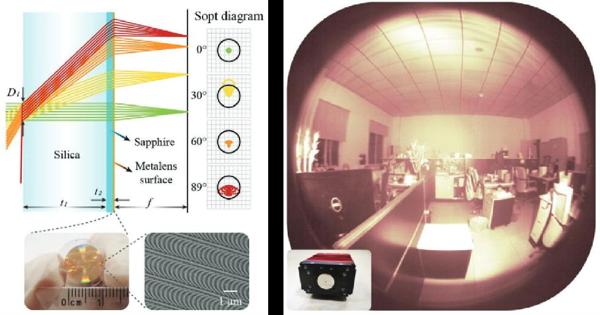
Figure 3 Infrared wide-angle camera based on single catenary metasurface
In view of the limitation of geometric phase surface conjugate symmetry, in 2016, the research team of the Institute of Optics and Electronics, Chinese Academy of Sciences found that the use of variable width circular gratings can generate vortex beams with asymmetric topological charges, which indicates that the symmetry of PSOI can be broken.
Subsequently, the team proposed the concept of asymmetric PSOI, which can achieve arbitrary independent control of left-right circularly polarized light by combining spin dependent geometric phase and spin independent transmission phase. This means that the bottleneck problems such as low efficiency and high noise faced by space division multiplexing geometric phase metasurfaces can be solved, and it also opens a new chapter for applications such as multi-functional devices and complex optical field manipulation. Typical applications include polarization imaging, simultaneous detection of spin angular momentum and orbital angular momentum, polymorphic multiplex holographic display, 3D vector light field generation, monolithic edge detection, etc., as shown in Fig. 4.
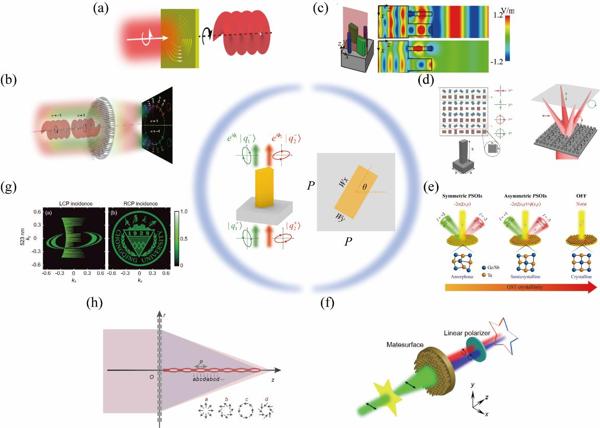
Figure 4 Composite phase metasurface and its application.
In addition, the geometric phase metasurface which can generate high linear geometric phase are also introduced. That is, by introducing the meta-atoms with rotational symmetry greater than or equal to three into the lattice arrangement incompatible with their symmetry, theory and experiments have proved that these higher-order symmetric structures can produce optical anisotropy under the lattice effect.
Further, it has been proved that these structures can break through the traditional geometric phase twice control limit and achieve geometric phases of multiple linear relationships, as shown in Figure 5. For example, the geometric phase generated by structures with C3 rotational symmetry is ± 6 times of the orientation angle, while the geometric phase generated by structures with C5 rotational symmetry in square lattice and hexagonal lattice is ± 10 times and ± 20 times of the orientation angle respectively. Compared with the traditional geometric phase metasurface, the higher order linear geometric phase metasurface generates a larger geometric phase gradient at the same rotation angle gradient.
The review also introduced some interesting research directions in the future, such as the combination of nonlinear geometric phase and lattice mismatch to generate higher-order geometric phase, dynamic reconfigurable metasurface based on higher-order geometric phase, and multi-functional metasurface integrating higher-order PB phase and propagation phase. It is expected to provide a new perspective for researchers in this field to understand geometric phase.
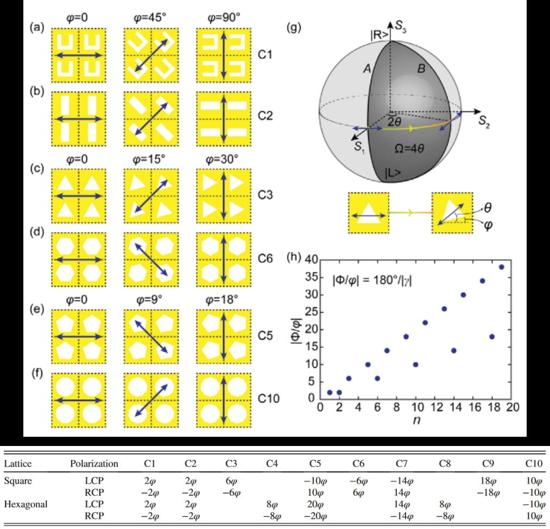
Figure 5. Generalized PB phase in high-order rotationally symmetric meta-atoms
In summary, the authors briefly review the history of geometric phase studies in the field of optics and the latest progress in geometric phase metasurface. Compared with discrete geometric phase sub surfaces, quasi continuous and continuous geometric phase super surfaces have the advantages of high efficiency and wide bandwidth. It has significant advantages in building large angle deflection devices, large field-of-view planar lenses, etc. The fusion of geometric phase and propagation phase can break the conjugate symmetry of traditional PB phase and bring new degrees of freedom for optical manipulation, which provides an effective way to construct multifunctional metasurface devices and realize the control of complex vector light field. As two new geometric phases, nonlinear PB phase and higher-order linear PB phase have been discussed in detail, which is a new understanding of geometric phase and light matter interaction in nano photonics.

